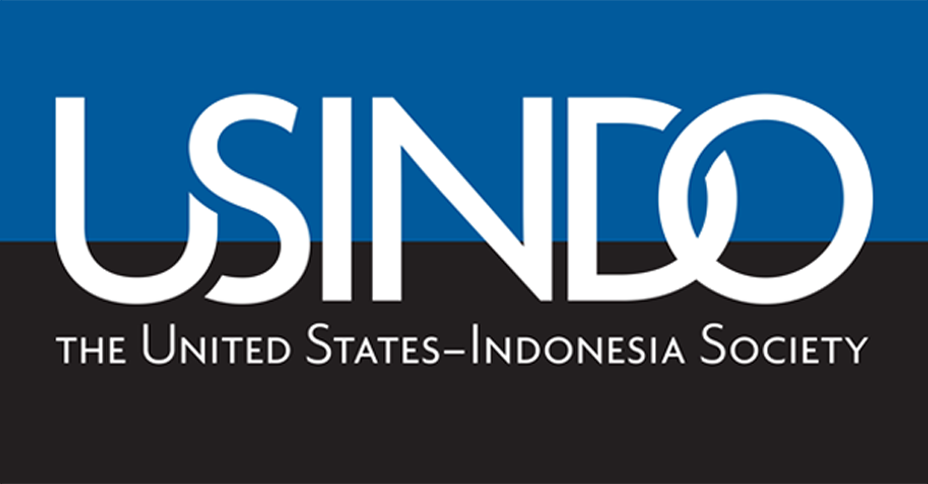The Roots of U.S.-Indonesian Cooperation on Education
On October 22nd, USINDO hosted an Open Forum Luncheon with Agus Suwignyo, an education historian at Gadjah Mada University, and a 2010 USINDO Sumitro Fellow, on the history of U.S.-Indonesian collaboration on education development.
Mr. Suwignyo began with an overview of the history of Western education in Indonesia. Education development in Indonesia was extremely limited through the end of the 18th century, with only a few missionary schools in Northern Sulawesi. In the early 1800s, the Dutch began to focus more on development in their colonies and began to funnel money to the establishment of schools. However, during the first half of the century, much of the aid money was diverted to the Java war.
It was only in 1851 that the first elementary school in Indonesia was opened in Solo, Central Java. In 1876, another elementary school was opened in Bukittinggi, Sumatra. Both schools were set up in the Dutch style and were considered 1st class schools for the elites. In 1893, the first 2nd class school was set up, and in 1907 the first village (lowest class) school was set up. During the 1920s, the system grew further, and institutions of higher education began to emerge. This early western education system was based largely off of the Dutch system and was highly stratified.
However, several events during the first half of the 20th century led to a movement away from the Dutch system. Mr. Suwignyo suggested that the combination of the spread of nationalist movements in the 1920s and 30s and the Japanese occupation in the 1940s led to a call for more open, equal, and unstratified education system. At the same time, Indonesians developed an affinity toward the U.S. for their progress in education reform in the Philippines, their anti-colonial legacy, and their emphasis on equality.
Following the war of independence, Indonesia looked to America to help rebuild its education system which was plagued by a lack of teachers, buildings, books, and high rates of illiteracy among the population. U.S. foreign policy in the 1950s was amenable to this request, and given the geopolitical atmosphere at the time, the U.S. was eager to show Indonesia the benefits of cooperation on development. Several U.S. institutions, under contract with the U.S. government, began to assist with teacher training and the development of medicine and economics programs at Indonesian universities and secondary schools. These programs would highly influence the development of the Indonesian system and U.S.-Indonesian cooperation on development.
Mr. Suwignyo focused his presentation on a particular and significant project, the Higher Institution of Teacher Training Program, which was supported by the Ford Foundation and administered by the State University of New York at Buffalo. He described the project’s goal to train Indonesian teachers in the U.S., to provide American advisors to Indonesia to help develop curriculum and teach methodology, and to help provide Indonesia with appropriate study materials. During the 1950s and 1960s, the project funded various trips for academic professionals between the two countries for training.
This program, Mr. Suwignyo explained, marked one of the first concrete steps in establishing cooperation on education between the U.S. and Indonesia and had a powerful impact on the development of the Indonesian education system. As a result of the project, about 50 Indonesian teachers completed Masters degrees in the U.S., and teaching methodologies taught and practiced in Indonesia began to move further away from the Dutch style toward the American style. In addition, English became the main foreign language employed at teacher training school, and English language textbooks and journals became the main resource for teacher training. These changes also influenced the development of curriculum, new courses, and social structure in Indonesian schools. A new, more equal system replaced the Dutch stratified system and the main teaching methodology moved from learning through theory to learning through practice.
Mr. Suwignyo concluded by highlighting that the shift from continental European to American styles of education occurred gradually and was supported by important bilateral efforts to promote education, such as the Ford Foundation project. This shift was complemented and encouraged by the reciprocal interests of the U.S. and Indonesian foreign and domestic policy. In order to better understand and advance bilateral cooperation on education, Mr. Suwignyo hopes to further research these foundational educational partnerships to provide a more complete, balanced, and accurate depiction of the historical roots of U.S.-Indonesian cooperation on education.
